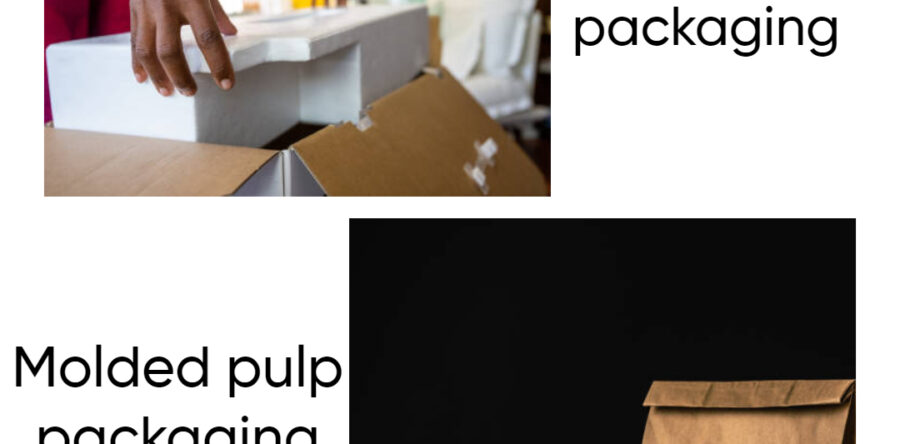How is Molded Pulp Packaging Different from Traditional Packaging?

When it comes to packaging, businesses have a variety of options to choose from. Traditional materials like plastic, styrofoam, and cardboard have been widely used for decades. However, molded pulp packaging is gaining popularity as a sustainable alternative.
But what exactly sets molded pulp packaging apart from traditional packaging? Let’s dive in and explore the key differences.
Introduction
Packaging plays a crucial role in protecting products during shipping and handling. It also impacts a company's environmental footprint. As consumers become more eco-conscious, businesses are looking for greener packaging solutions. Molded pulp packaging offers an excellent alternative to traditional packaging materials. This blog post will highlight the differences between molded and traditional pulp packaging, helping you understand why more companies are switching.
How is Molded Pulp Packaging Different from Traditional Packaging?
1. Materials and Environmental Impact
Traditional packaging materials like plastic and styrofoam are derived from non-renewable resources such as petroleum. These materials are not biodegradable and contribute significantly to environmental pollution. Plastic waste, in particular, is a major global issue, with millions of tons ending up in landfills and oceans every year.
Molded pulp packaging, on the other hand, is made from recycled paper and natural fibers. It is biodegradable and compostable, meaning it breaks down naturally without harming the environment. Using molded pulp packaging helps reduce the amount of waste in landfills and lowers the overall environmental impact of packaging.
2. Production Process
The production processes for traditional packaging and molded pulp packaging are quite different. Plastic and styrofoam packaging require chemical processes and high energy consumption. These processes release harmful emissions and consume large amounts of fossil fuels.
Molded pulp packaging is produced through a more eco-friendly process. Recycled paper and natural fibers are mixed with water to form a slurry. This slurry is then molded into the desired shape and dried. The production of molded pulp packaging consumes less energy and produces fewer emissions compared to traditional packaging methods.
3. Customization and Versatility
Traditional packaging materials offer limited customization options. While cardboard can be cut and folded into various shapes, plastic and styrofoam often require expensive molds and machinery for custom designs. This can be a barrier for small businesses looking for tailored packaging solutions.
Molded pulp packaging is highly customizable and versatile. It can be easily molded into various shapes and sizes to fit specific products. Whether you need trays, inserts, or protective cushioning, molded pulp packaging can be designed to meet your unique needs. This flexibility makes it an ideal choice for a wide range of industries, from electronics to food and beverage.
4. Cost-Effectiveness
Cost is a significant factor when choosing packaging materials. Traditional packaging materials like plastic and styrofoam can be expensive, especially when custom molds and machinery are required. Additionally, the environmental impact of these materials can lead to higher disposal costs and potential regulatory fines.
Molded pulp packaging is often more cost-effective. The raw materials used in its production, such as recycled paper, are readily available and affordable. The production process is also less energy-intensive, resulting in lower manufacturing costs. Moreover, businesses can save on disposal costs due to the biodegradable nature of molded pulp packaging.
5. Consumer Perception
Consumers are becoming more aware of the environmental impact of their purchases. They are increasingly favoring brands that prioritize sustainability. Traditional packaging materials like plastic and styrofoam are often seen negatively due to their environmental impact.
Molded pulp packaging, with its eco-friendly properties, appeals to environmentally conscious consumers. Using molded pulp packaging can enhance a brand's image and attract customers who value sustainability. This positive perception can lead to increased customer loyalty and a competitive edge in the market.
Final Thoughts
Molded pulp packaging offers several advantages over traditional packaging materials. By choosing molded pulp packaging, companies can reduce their environmental footprint, save on costs, and appeal to a growing segment of environmentally aware consumers.
If you need molded pulp products for shipping that are in stock and ready to ship, please see our Ecom partner www.wineshippingboxes for options.
Do you have any experience with molded pulp packaging? Share your thoughts in the comments below!




